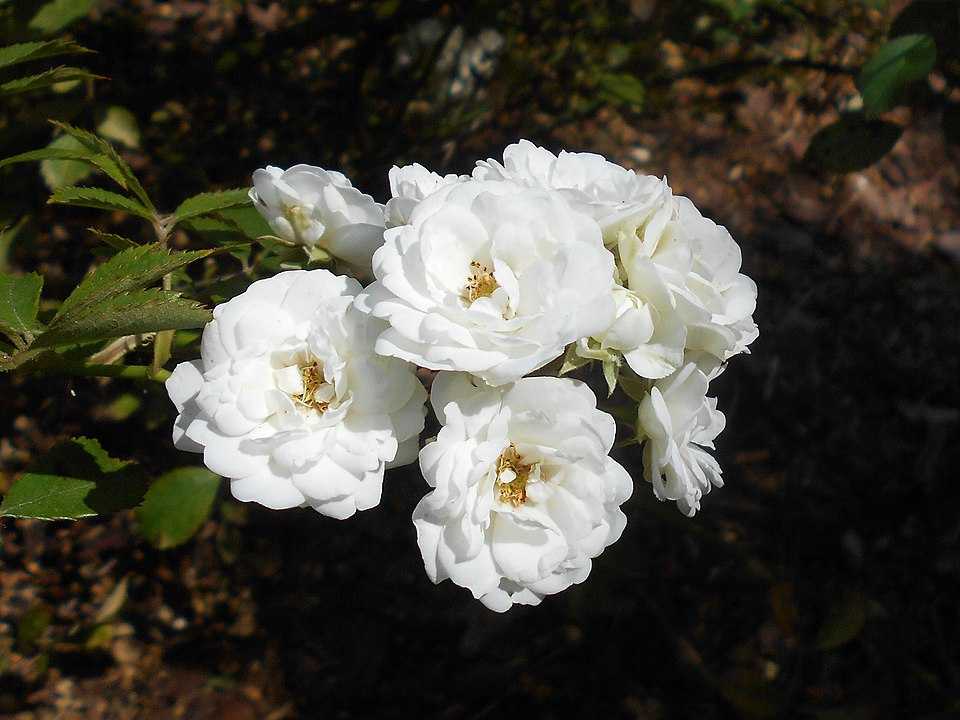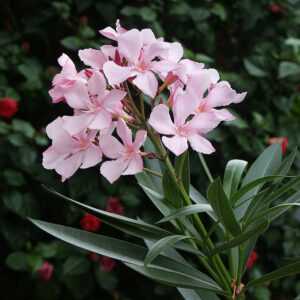Introduction
The white rose plant, scientifically known as Rosa alba, is a type of flowering shrub that belongs to the Rosaceae family. It is native to Asia and Europe and is widely cultivated for its beautiful, fragrant flowers. It is a deciduous shrub that typically grows up to 6 feet tall and 4 feet wide. The leaves of the white rose plant are typically dark green and glossy.
The white rose plant is a stunning addition to any garden or home. Its pure, snowy petals and delicate fragrance make it a popular choice for weddings, romantic occasions, and as a symbol of innocence and purity.
If you’re looking to add some diversity to your garden, why not consider pairing your white rose plant with a lemon vine fruit plant or a dragon fruit plant? Both of these fruit plants are easy to care for and produce delicious, nutritious fruit that you can enjoy throughout the year.
Click on the headings to read more!
White Rose Flower
The white rose plant is highly prized for its beautiful blooms. The flowers are typically pure white in color, although some varieties may have a slight pinkish tint.
Each bloom contains dozens of soft, silky petals arranged in a symmetrical spiral pattern around a central cluster of yellow stamens. The petals are smooth and delicate to the touch, with a slight sheen that makes the flowers appear almost luminous.
The fragrance of the white rose is sweet and delicate, with a complex blend of floral and fruity notes. Some people describe hints of citrus and honey in the fragrance, while others note a more subtle, powdery aroma.
White rose flowers typically bloom in the spring or early summer, lasting for several days before starting to fade.
Plant Care
Here are some general care tips for the white rose plant:
Soil:
White rose plants prefer well-draining soil that is rich in organic matter. Ideally, the soil should have a pH level between 6.0 and 6.5, which is slightly acidic. This pH range allows the rose plant to absorb nutrients from the soil more easily. You can amend soil with organic matter like compost or aged manure before planting.
Sunlight:
White roses thrive in full sunlight, at least 6 hours per day. Ensure that the plant has access to enough sunlight by planting in a sunny location.
Water:
Water the plant deeply and regularly, especially during the hot and dry summer months. Avoid overhead watering as this can lead to leaf diseases.
Fertilizer:
Fertilize the plant in early spring with a slow-release fertilizer, and then apply a balanced fertilizer every 4-6 weeks during the growing season.
Pruning:
Prune white rose plants in early spring to remove any damaged or diseased wood, and to shape the plant. Remove any crossing or inward-facing branches to promote good airflow and reduce the risk of disease.
Mulch:
Apply a layer of organic mulch around the base of the plant to help conserve moisture and suppress weed growth.
Disease and pest management:
Keep an eye out for common pests such as aphids and spider mites, as well as fungal diseases like black spot and powdery mildew. Apply organic or chemical treatments as needed to control these issues.
Vastu guidelines
In Vastu Shastra, the ancient Indian science of architecture, there are guidelines for placing plants in different areas of the home or garden to promote positive energy flow. Here are some Vastu guidelines for placing the white rose plant:
Placement:
The white rose plant should be placed in the south-west corner of the garden or home. This is believed to enhance the beauty of the plant and promote positive energy flow.
Direction:
The plant should face towards the east or north-east direction. This is said to help in attracting positive energy and enhancing the health and vitality of the plant.
Watering:
Watering the plant should be done in the morning and the excess water should be drained out properly. This helps in maintaining the balance of energy and prevents negative energy from accumulating.
Placement with other plants:
The white rose plant can be planted with other plants that have auspicious Vastu values, such as basil, jasmine, or marigold.
Benefits
Here are some potential benefits of the white rose plant:
Ornamental value:
The white rose is highly prized for its ornamental value and is often used in gardens and floral arrangements for its classic and elegant beauty.
Fragrance:
The sweet and delicate fragrance of the white rose is highly prized in the fragrance industry, where it is used as a key ingredient in perfumes and other scented products.
Medicinal properties:
The petals and hips of the white rose plant have been historically used in traditional medicine to treat a variety of ailments, including digestive issues and skin conditions.
Symbolism:
The white rose is often associated with purity, innocence, and new beginnings. It is a popular flower for weddings, baptisms, and other celebratory occasions.
Pollinator attraction:
The flowers of the white rose plant are highly attractive to pollinators like bees and butterflies, which can help support a healthy and diverse ecosystem in your garden.



